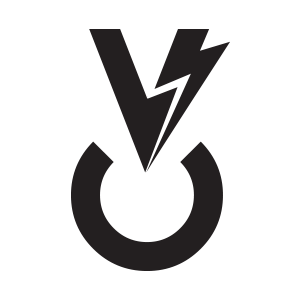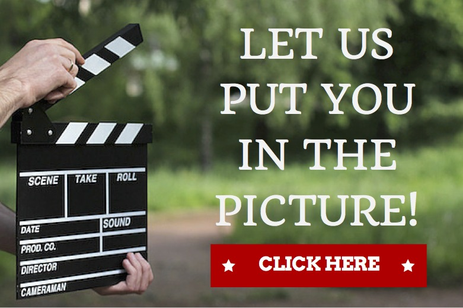Storytelling in branding is the new gold standard. Anyone creating quality content for brands is using the powerful principles of storytelling to build an instant connection with their audience and cement the brand in their minds and — more importantly — their hearts. Visual Creatives was actually founded on the principles of storytelling and our love of applying those principles to create great messages for our brands.
So by this point, you know that to craft an insanely great brand message, you need to use storytelling.
But how?
All characters are Archetypes
It’s one of the first principles in storytelling. Every movie you have ever seen and every book you have ever read has used archetypes as a foundation. An archetype is an example of a type of character that is found in any given story. An archetype is the villain in a fairytale, Luke Skywalker as the hero in Star Wars, or Aunt Bea as the kindly caregiver in The Andy Griffith Show. It’s a shortcut to our collective minds and hearts: we know immediately that we dislike the villain and cheer for the hero. We know we ought to fall in love with the heroine and listen to the wise sage. By employing archetypes while creating a story, the author doesn’t need to start from the beginning. We already understand the world around us as the story opens.
How does this apply to brands?
Brands can — and do — tap into the power of archetypes every single day. Nike uses the archetype of Hero to immediately stir us and inspire us. Campbell’s soup evokes the feeling of home and comfort as soon as we see their logo. By knowing your brand’s archetype — and remaining true to it across all your brand touch points — you can harness the vast collective perception of that archetype and attach it firmly to your brand.
These are the twelve most common archetypes used in the branding process:
- Rebel
- Comic
- Lover
- Nurturer
- Everyman
- Innocent
- Leader
- Sage
- Magician
- Hero
- Creator
- Explorer
Most brands will be dominant in one archetype, with perhaps one or two sub-archetypes that highly influence their brand culture. Rolex is a Leader brand, Oprah’s constellation of companies take on her archetype of Sage. Target is the quintessential Everyman brand. Each of these companies are meticulous in making sure that they always speak in the voice of their brand archetype whenever they communicate with their audience.
An interesting exercise is to imagine speaking in several of the different archetypal voices. Imagine, for example, that you own Jon’s Hamburger Den and you are beginning an online social marketing program. Your first tweet might read something like this:
Stop by Jon’s Burger Den tonight. Can’t wait to see you.
Now imagine a tweet in the voice of several other archetypes.
Comic: Are you a pounder? Come prove it with our 1 lb. burger
Leader: Jon’s Burger Den is home of the town’s best 1 lb. burger! Come taste the best!
Everyman: No muss, no fuss, just great food. Burgers, chicken wings and more.
Nurturer: Jon’s Burger Den: we treat you right!
Stunning literary quality of the tweets aside, it is easy to see how knowing your archetype before you begin communicating will keep all your messages aligned. Your brand will develop one voice, and use that voice consistently, whether designing the user experience at a conference or creating a prospectus for a new initiative.
So how about you? What’s your archetype?

